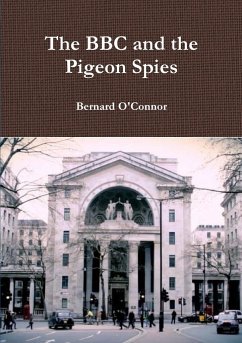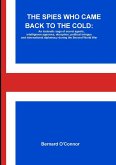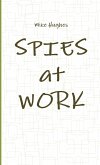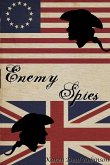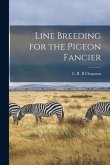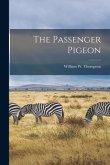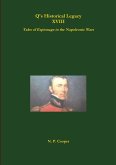Over 16,000 pigeons were dropped into occupied Europe during the Second World War. Some were used by secret agents to send messages back to headquarters. Others were dropped into selected areas of France, Belgium, Holland and Denmark in the hope that people would complete the attached questionnaire and provided military, political, economic or other intelligence of value for the Allies. There were also requests for information on the reception and content of the BBC Overseas Service news. Many messages sent back requests that the BBC acknowledge receipt of the message. This book investigates the work of MI14, known as the Colomba Service, and for the first time sheds light on conditions in Occupied Europe described by extremely brave men and women who risked execution if found in possession of a pigeon. MI14 staff, decoded or translated messages and forwarded copies to the SOE, SIS, MI19, the War Office, RAF, Royal Navy, Ministry of Economic Warfare, Churchill, de Gaulle and the BBC.
Hinweis: Dieser Artikel kann nur an eine deutsche Lieferadresse ausgeliefert werden.
Hinweis: Dieser Artikel kann nur an eine deutsche Lieferadresse ausgeliefert werden.

